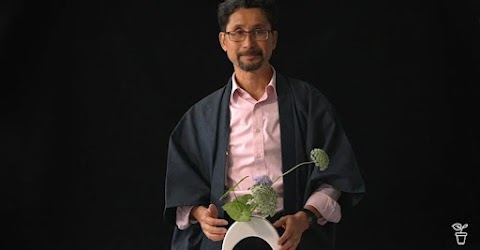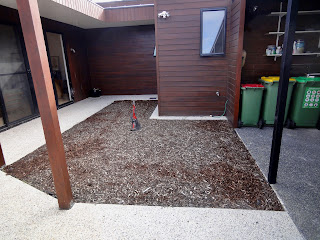What is Japanese Garden?
Introduction (1)
There is a difference between Japanese gardens and the gardens that look like Japanese gardens. The former has something unique whether they are classic Japanese gardens or modern Japanese gardens. The latter does not have it even though they look like a perfect copy of a Japanese garden. We sometimes see such gardens outside Japan.
Unfortunately, many Japanese garden designers have not tried hard enough to explain what it is that makes a garden a Japanese garden. They tend to mystify their art practice using some “ambiguous” or “mysterious” terms. Rather it may be simply too hard to explain.
Shunmyo Masuno, one of the greatest garden designers in Japan today called it “atmosphere.” He tried to explain it using such terms as Wabi or Yugen (Masuno, 1990). However, I don’t think he succeeded in clarifying the essence of Japanese gardens in his essays.
Nevertheless, all of his masterpiece gardens clearly show what it is. They all have a poetic and an almost spiritual atmosphere. People visiting his gardens experience an indescribable healing power.
Before talking about my own analysis, I would like to mention an argument by Carlson, a Canadian environmental philosopher, because I think that he explains the feature of Japanese gardens adequately for those who are not very familiar with them (Carlson, 2002).
He describes French style gardens as “harmonious relationships are achieved by art serving as a model for nature”. The following image shows that nature (plants) is controlled or designed according to art or man-made geometrical designs.
He then describes English style nature gardens as “harmonious relationships are achieved by nature serving as model for art.” We can see almost natural field of plants in the garden (art).
His argument on gardens using the nature/art dichotomy is easy to follow. Can he explain Japanese gardens using his approach?
He recognises harmonious relationship in the Japanese gardens as he did in French and English gardens. But he states that the Japanese garden achieve it “by following the lead of nature in the sense of making the artificial subservient to the natural.” This is an excellent analysis. Note that he used the term, “the natural” rather than “nature.” He recognises that something beyond nature is expressed in Japanese gardens.
He further clarifies his point saying that “it employs the artificial in the creation of an idealised version of nature that emphasises the essential” (p.171).
Indeed, we need to think about the “idealised version of nature” to discuss about Japanese gardens. In other words, our discussion has to be a meta-physical one. Only such philosophical discussions make it possible to comprehend the true nature of Japanese gardens.
In the following chapters (to be published sometime on this website), I will point out that the same insight is clearly stated in “Sakuteiki (11c),” the oldest textbook on Japanese gardens. In addition, my recent paper about the difference between Ikebana and Western flower arrangement is also related to this meta-physical aspect of Japanese aesthetics (Shimbo, 2021).
References
Carlson, A. (2002). Aesthetics and the environment. London & NY: Routledge.
Masuno, S. (1990). Inside Japanese Gardens. Osaka: The Commemorative Foundation for the International Garden and Greenery Exposition.
Shimbo, S. (2021). In Search of Poetry in Flower Arrangement, Garland Magazine.













